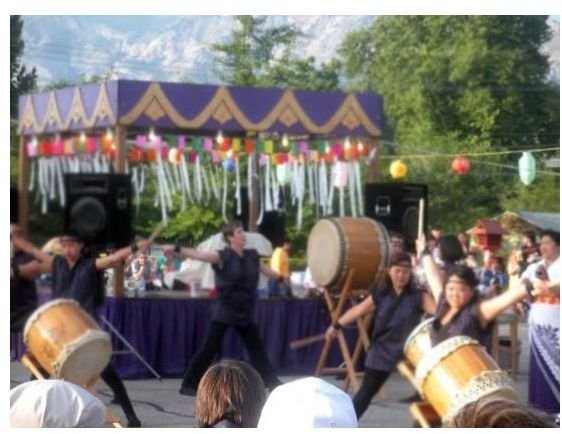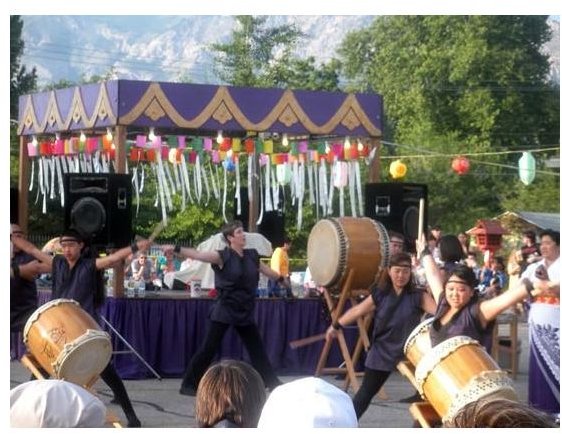Focal Lock: How to Use Your Digital Camera's Focus Lock - Tips for Beginners
When should you use focal lock?
These days many a digital cameras are being made with built-in facial recognition. In most cases, this makes taking pictures of family or friends much easier. However, face recognition does not completely eliminate the need to use focal lock from time to time. For example, my camera has a face recognition feature, and I’ve found it very convenient when taking pictures of my godson or friends in casual settings. But when taking pictures of one person in a crowded room, I have noticed that this feature can get confused on which face it should focus on. It also has become a problem when I am taking pictures of nature and the camera picks up a face in the clouds or on a rock, not to mention that’s a little creepy.
In the event your digital camera doesn’t have facial recognition, or the facial recognition is a bit confused, it is important to use focal lock and ensure you get the correct focus in your photo.
How do I know if my camera can use focal lock?
Focal lock is an option on every digital camera these days, and even on many non-disposable film cameras. The best way to know if your camera has focal lock is to try and use the feature, or of course to read the camera’s manual.
When attempting to use focal lock on a digital camera, be sure your focus setting is set to single, as other settings are harder or sometimes impossible to use focal lock with. In many cases, the camera will act like it is focused on the correct point, but when the picture is taken that point will no longer be in focus and this can be very frustrating!
How do I use focal lock?
Using focal lock is fairly easy even for beginners to digital photography or first-time digital camera owners. Here is a list of the steps:
1. Set up the shot by getting your subject into the position and pose you want, or pick the natural element you wish to shoot.
2. Then, zoom in so that the main focus of your photo is centered in frame. Most times, you can do this by using the camera’s zoom features, but I’ve encountered problems on some cameras with this method, so to avoid this I generally just move myself in until the subject in centered, unless I am taking shots at too great a distance for this to be practical.
3. Press the shutter half way down. On a digital camera, there should be an indication when focal lock is engaged. On my current Nikon camera, there is a beep and a red box appears around the point my camera is now focusing on. On other cameras I’ve used there is a light, a box, or some other indicator.
4. Once you know the camera is focusing where you want it to, you can set the camera to frame the shot however you want to, but don’t let go of the button. Letting the shutter button up will cause your camera loose the focus and you’ll have to find the focal point all over again.
5. Once you are satisfied with the frame and focus, you can press the shutter button the rest of the way down and take your picture.
This process takes just a few seconds and will ensure your pictures come out the way you want them to and eliminate many focusing frustrations you may be having.


When does focal lock not work?
Other than when your focus settings are off, there are a few times when focal lock doesn’t really help.
-When taking close-up portraits. These photos have low depth of field, and you probably won’t have much luck trying to use focal lock. But if you are doing close-up portraits, you should not need to use this feature. This is also true for most macro photography.
-When the lighting is too low. My Nikon will still try to use focal lock by finding an area in the dark, but there will be more noise and less probability that this point is what I actually want to have in focus.
-If you’re trying to get action shots. Obviously, taking the extra time to do focal lock is not really possible when you are trying to get an action shot at a baseball game or of a hyper toddler.
Focal lock is a feature all digital photographers should learn and master, whether you’re a pro or a beginner. Face recognition is a great feature, but is not yet perfect enough to be a cure-all for focusing problems.
To learn when and how to fool your digital camera’s focal lock, check out this article.
